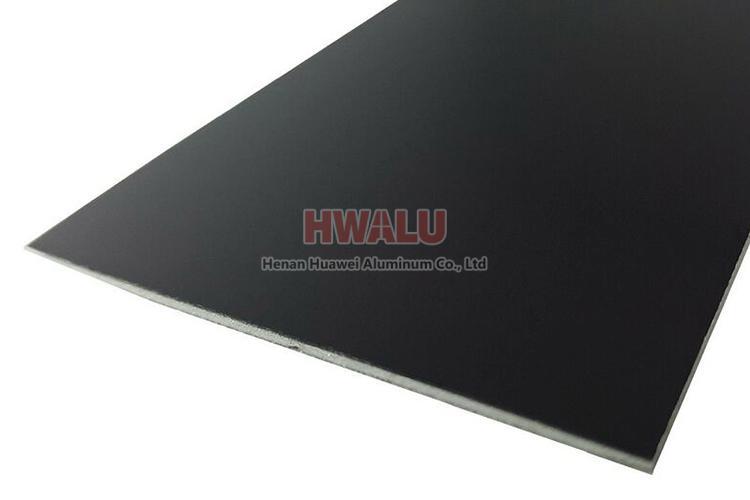With the development of technology, aluminum plate is used more and more in people's life, and its color is no longer as monotonous as before. The current aluminum plate processing can color the color you want, but when we color the aluminum plate, we will inevitably encounter the situation of non coloring. Then, what are the causes and treatment methods of non coloring of aluminum plate?

1. Insufficient anodizing film thickness: the solution is to check whether the anodizing process is standardized and whether the factors such as temperature, voltage and conductivity are stable. If there is any abnormality, please adjust the specification accordingly. If there is no abnormality, the oxidation time can be extended appropriately to ensure that the film thickness meets the standard.
2. The PH value of dye solution is too high: at this time, glacial acetic acid can be used to adjust the pH value to the standard value.
3. After anodized, the workpiece is placed in the water tank for too long: timely dyeing is advocated. If this situation has occurred, the workpiece can be placed in the anodic oxidation tank or nitric acid neutralization tank for appropriate activation treatment before dyeing, and the effect will be very good.
4. The selected dyes have been decomposed or mildewed: at this time, the dyes need to be replaced and appropriate dyes should be selected.
5. The temperature of anodizing aluminum is too low, resulting in dense skin film: the anodizing temperature can be appropriately increased.
6. Poor conductivity: the anode copper rod or cathode lead plate may have poor contact, and the batch conductivity shown is poor. Pay attention to cleaning the anode copper rod and cathode lead plate to ensure good conductivity.
